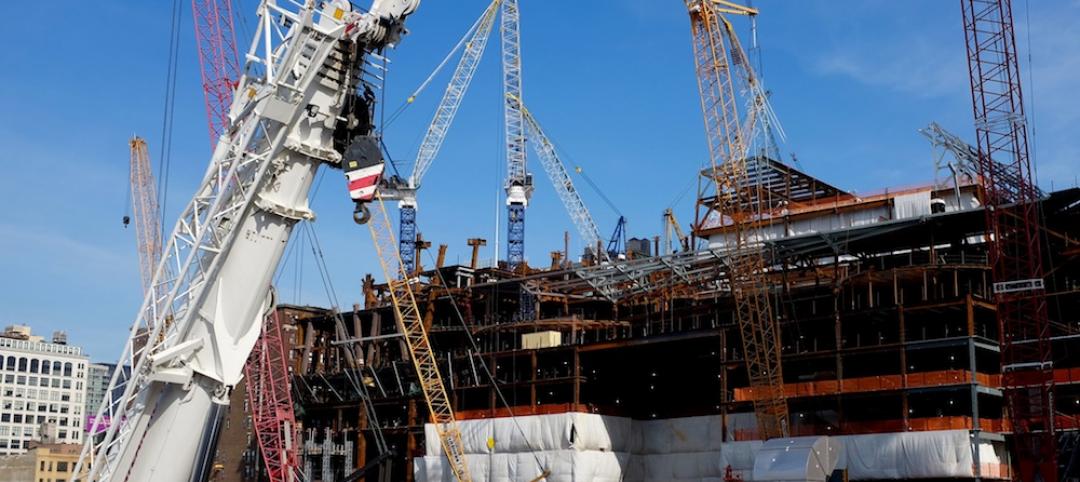Critics charge that New York City’s approach to resiliency in the face of climate-change-induced sea level rise is shortsighted.
New development in Manhattan and Columbia University’s new Manhattanville campus will be at risk in 50 to 80 years, they say. Mayor Bill de Blasio is focused on “an election time scale,” not a more realistic timetable given the challenges the city faces, critics assert.
In the end, the only reasonable approach to city planning over a longer time scale is “managed retreat” to higher ground, according to engineers focused on resiliency. One of the main drivers of "managed retreat" is likely to be the rising costs of flood insurance.
Congress has failed to reform the National Flood Insurance Protection, which is now $23 billion in debt. If property losses increase as expected, reform and insurance rates will go up to the point where people will choose to live in lower risk areas in New York and other coastal areas.
Related Stories
Sustainability | Mar 17, 2016
New York City releases Design and Construction Excellence 2.0 Guiding Principles
Addresses sustainability, resiliency, healthy living.
Resiliency | Feb 22, 2016
Legal challenge filed over N.J.’s new coastal management regulations
Groups argue rules make it easier to build in flood-prone areas.
Resiliency | Feb 16, 2016
Obama establishes federal earthquake risk management standard
The standard requires federal agencies to use earthquake-resistant design provisions in current building codes.
Resiliency | Feb 2, 2016
New York City’s post-Hurricane Sandy resiliency efforts hailed as exemplar
Lessons learned can help urban areas cope with climate change impacts.
Resiliency | Jan 29, 2016
Section of New Orleans will try new approach to flood control
The city will turn to a retain and control storm water strategy.
Resiliency | Jan 13, 2016
LEED credits on resiliency expected to influence future of building design
Post-disaster survivability is a key goal.
Resiliency | Dec 7, 2015
New earthquake rating system released by the U.S. Resiliency Council
Intended for building owners and leasing, finance, and insurance industry.














